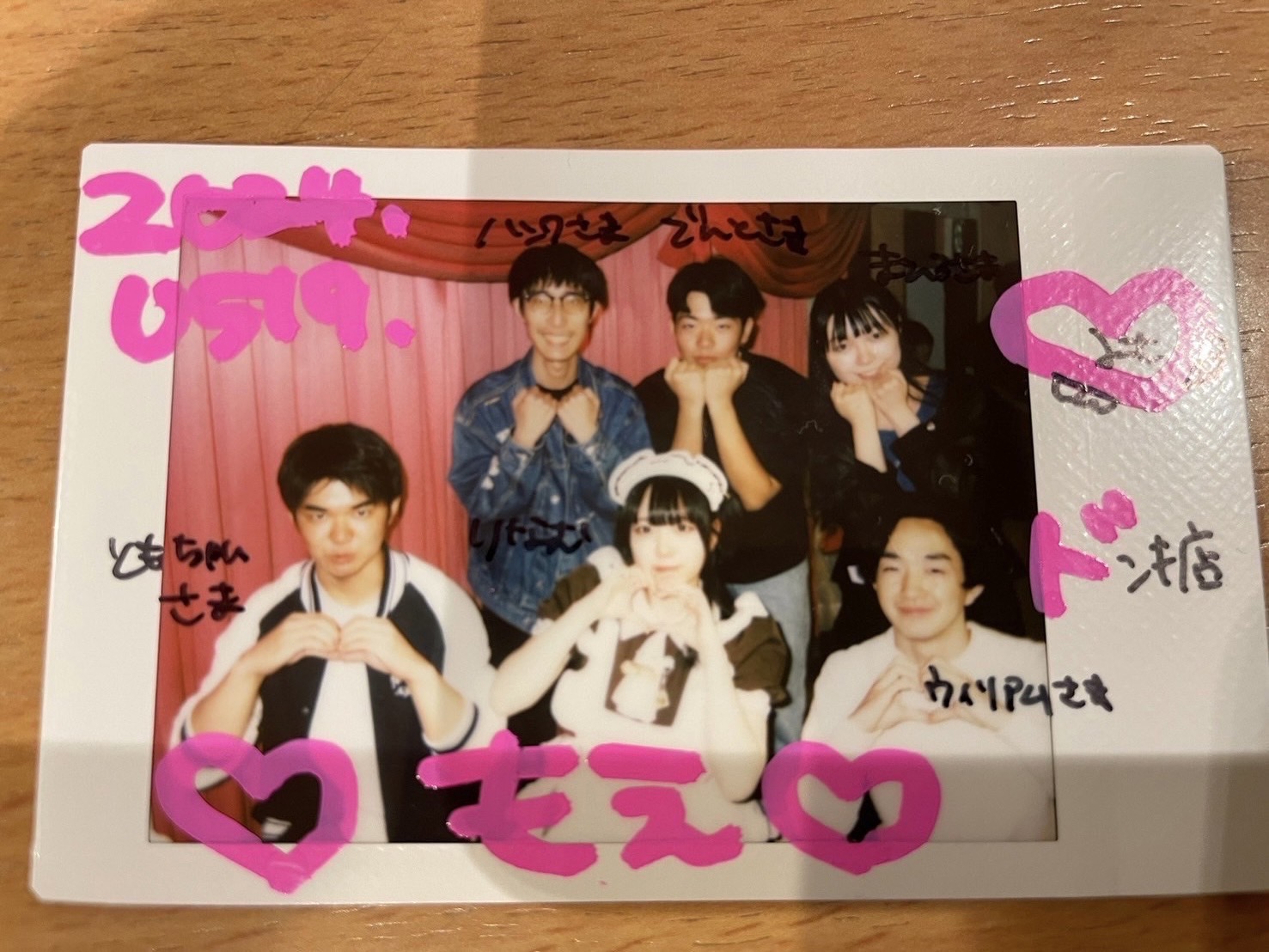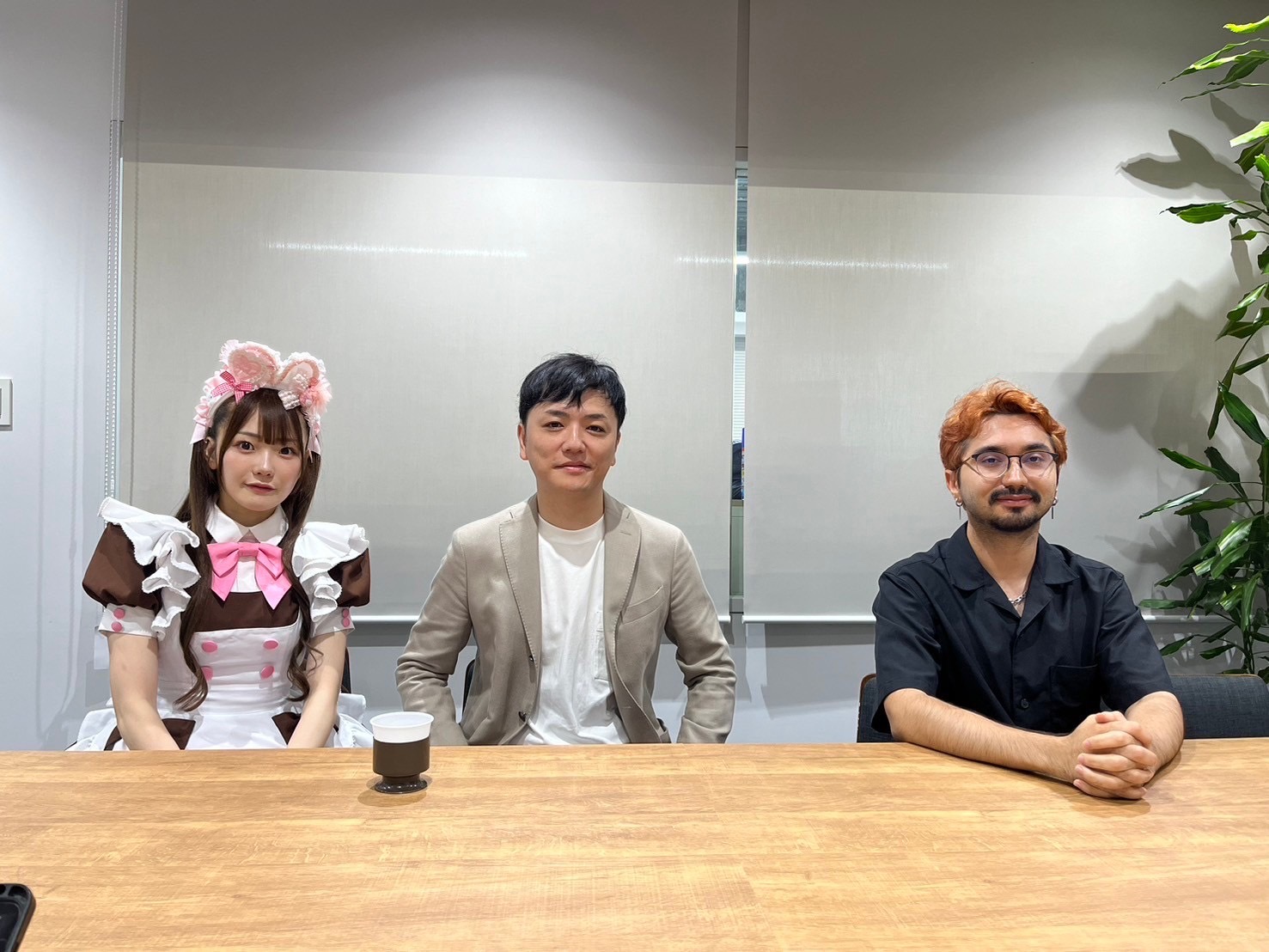Relationships with Refugees We Must Face
Introduction
Did you know that there are refugees living in Japan and Korea? Many people may think of refugees as something that is happening in some distant country.
However, Asia, where Japan and South Korea are located, is not only the birthplace of about half of the world’s refugees, but also the place where they are currently staying (Matsuoka, 2014) [I].
Despite this fact , Japan and South Korea have been less active in accepting and protecting refugees than Western countries.
According to the “Comparison of the Number of Refugees Recognized in the G7 + South Korea and Australia,” published by the National Association of Refugee Lawyers, the refugee status recognition rates in Japan and South Korea are 0.3% and 3.1%, respectively, which are significantly lower than those in Canada (56.4%), the United States (34.4%), and the United Kingdom (32.5%). They are notably low.
According to Wu (2020) [ii], the reason for the low refugee status recognition rate in Japan and Korea is that their refugee policiesare closely related to immigration law and foreign policy.
In this article, we interviewed Saburo Takizawa, former president of the UNHCR Association, Rei Kasai of the UNHCR office in Japan, and Hyun Seung-min of South Korea in order to gain an awareness of the issues regarding refugees in Japan and South Korea and how they should be addressed.
At the beginning of this article, we’ll discuss the refugee issues in Japan and South Korea, and then consider how we, as university students and individuals, can contribute to resolving these issues.
Refugee Issues in Japan
(1)Japan’s Current Refugee Policy
To begin with, a refugee is defined by the Refugee Convention as a person who meets the following requirements:
Someone who is unable or unwilling to return to their country of origin owing to a well-founded fear of being persecuted for reasons of race, religion, nationality, membership of a particular social group, or political opinion.
The Japanese government has accepted only 750 refugees in the 37 years from 1982 to the end of 2018. This is an anomaly in the eyes of developed Western countries that accept tens of thousands of refugees annually. As a result, Japan is often criticized for being a “refugee-isolated country,” unable to adequately fulfill its international obligation to provide asylum to refugees.
In his book, “30 Ways to Help Refugees Around the World,” Mr. Takizawa explains that the reasons for the low number of refugees accepted in Japan include Japan’s geographical remoteness, Japanese people’s negative attitude towards refugees, the silence of politicians, and the fact that even if an asylum applicant were to apply for a refugee status in Japan, the Ministry of Justice would not recognize his or her application. The refugee status determination procedure is a process by which the Minister of Justice determines whether or not a foreigner qualifies for a refugee status. Once a person is recognized as a refugee, the government grants various rights stipulated in the Refugee Convention, such as renewable status of residence as a permanent resident for one to three years, freedom of movement through the issuance of a refugee travel document, and eligibility to receive national pension, child support allowance, and welfare allowance. In Japan, however, the interpretation of “fear of persecution in one’s own country” is stricter and more restrictive than in Europe and the United States, and the status is often denied.
(2)Japan’s Efforts to Address Refugee Issues Are Improving
Based on the above, we asked Saburo Takizawa, a leading expert on refugee issues in Japan, about Japan’s approach to refugee acceptance. According to Mr. Takizawa, the refugee problem in Japan is improving. The following are five concrete examples:
1. Creation of refugee status guidelines
For the first time in Asia, guidelines for refugee status are being developed. They are currently undergoing final checks and will be released in the near future. This will hopefully establish a fair and efficient refugee recognition process.
2. Legislation for Complementary Protection
The term “complementary protection” refers to “a system to admit and protect persons who are not considered refugees under the Refugee Convention but who, for various reasons, are unable to return home and need international protection.”
On February 19, 2021, the government approved a cabinet decision to partially amend the following order: Government Order on Immigration Control and Refugee Recognition and Special Measures concerning Immigration Control for Persons who have Renounced Japanese Nationality under the Treaty of Peace with Japan. This government order creates a new “complementary protection” system to replace the current “permission to stay for humanitarian reasons” (Article 61-2, paragraphs 2 and 3). The criteria for granting complimentary protection should be based on international human rights laws such as the Convention against Torture, the Covenant on Civil Liberties, and the Convention on the Child’s Rights.
This has enabled the protection of persons subject to complementary protection based on the law.
3. Improved Country of Origin Information (COI)
Country of origin information (COI) is information about the applicant’s country of origin that is referred to when deciding on refugee status. Country of origin information includes the country’s ethnic composition, social conditions including religion, political situation, judicial system, human rights situation, and even cultural information such as traditional customs.
According to the European Asylum Curriculum, COI is essential in three aspects:
(1) preparation for the interview ,
(2) verification of the allegations and evaluation of their credibility, and
(3) prognostic
assessment, which evaluates the risk of persecution upon their return to their home country.
Improving COI is expected to alleviate the difficulties in proving refugee status.
4. Abolition of detention for all
Traditionally, the incarceration of aliens has been a problem. Detention is an act of depriving personal liberty, and a court warrant is required for criminal proceedings. However, in immigration procedures, the warrant is considered unnecessary, and the judiciary’s role is essentially performed by an administrative official, the Immigration Bureau.
Long-term incarcerations deprive people of their physical freedom and create undue stress on the body and mind as people do not know when they will be released. As a result, the number of inmates on hunger strike has
increased rapidly. In June 2019, there was an incident in which inmates starved to death at a detention facility in Nagasaki. In March of this year, a Sri Lankan national detained at the Nagoya Immigration Office who also died after complaining of poor health.
To solve this problem, the detention of all detainees was abolished, and “supervision measures” were newly established to eliminate long-term detention. Supervision measures are a system in which persons who have been issued a deportation order are released from custody under the surveillance of a supervisor when certain conditions are met. This allows for the protection of the subject’s physical liberty.
5. Acceptance of refugees as international students – Refugee Higher Education Program (RHEP)
UNHCR and the United Nations Association for UNHCR have been developing the Refugee Higher Education Program (RHEP), which has been providing university education opportunities to refugees in Japan since 2007. This program supports those living in Japan as recognized refugees or persons with special humanitarian resident status who wish to study at universities or graduate schools. Students are exempted from paying entrance and tuition fees and are provided approximately 100,000 yen per month for living expenses.
In the next section, we will describe this program in more detail.
(3)Refugee Higher Education Program (RHEP) to realize refugees’ dreams
We asked Rei Kasai, who is making a major contribution in resolving the ongoing issues surrounding refugees, about RHEP, which grants refugees in Japan an opportunity to receive proper education.
Reporter : What is the purpose of this program?
Ms. Kasai : We have been making efforts to let the refugees achieve self-realization and social integration through education in Japan. 12 universities in Japan are currently a part of our program. Each university has a different set of reasons to join this program. Some join because they really want to support refugees, while others join because this program is one of the requirements to become a member of United Nations Academic Impact. So far, 80 students have entered these universities and 40 have graduated. After graduation, some have gotten a job, while others have started their own business. Many others have gone on to graduate school.
Reporter : Do the applicants need to be fluent in Japanese?
Ms. Kasai : They do not necessarily need to be fluent in Japanese because they can join classes held in English in some universities. And if they want to join the class held in Japanese, they can either ① start studying Japanese in language schools or some Japanese communities or ② participate in study abroad programs, which involve studying Japanese. On the other hand, some refugees may bealready fluent in Japanese because they have spent their childhood in Japan as refugees.
Reporter : What are some of your future plans regarding this program?
Ms. Kasai : We want more people to learn about our program because we believe that increased public interest in the program will fuel the motivation of the participants. For example, we hope that once the public becomes more interested in RHEP, many refugees will study even harder to pass the RHEP exam. In addition, we also want to expand our program for the refugees in nursing universities and art colleges. We will do our best in order not to disappoint the participants.
Reporter : What can we do for Refugee Education?
Ms. Kasai : Firstly, we promote RHEP in their university. As I have mentioned above, 12 universities have joined our program, but we want to provide our program for more refugees. Therefore, we would greatly appreciate it if more university students would advertise our program in your university. Secondly, support the refugees in your university. Though we always try to do our best, our support is sometimes not enough. For example, we cannot teach everyone how to submit their reports. In such a case, support from other students is essential. Furthermore, they are often deprived of information and advice regarding job hunting due to the lack of mentors. Such a situation would be greatly improved if the students around them could share their information and experiences regarding job-hunting.
Reporter : Thank you for accepting our interview today. We now understand that RHEP is a significant program for refugees to study in Japan and realize their dreams. We will do our best to improve their student life in Japan. We hope that our article would help RHEP gain wider recognition and increase the number of partnership schools.
Refugee Issue in South Korea
Once we gained a basic understanding of the issues surrounding refugees in Japan, we reached out to Hyun Seung-min from the International Youth Center to acquire an international and diverse perspective on the same issue.
(1) What is the International Youth Center in Korea?
The International Youth Center is an organization that supports exchange students studying abroad by providing cultural education to foreign students. Under the motto of “Love the Difference,” the organization aims to create a world where all nationalities, races, genders, religions, culture, etc. are respected, and young people from all over the world can gather to contribute to the community and solve social problems. The organization supports Korean students living in Korea and Korean students living abroad who are doing their best to minimize the damage caused by discrimination and human rights violations by running exchange programs, YouTube TV channels, and producing public videos. Currently, new projects are being planned in areas related to international issues such as international development, human rights, equality, the climate, and peace.
(2) Republic of Korea is also a country founded by refugees
Seung-min states that first of all, we should recognize that historically speaking, Korea is also a country founded by refugees. Under the Japanese occupation, political refugees established a provisional government, and the Korean Constitution preserved its traditions . As a result, the Republic of Korea is also a country founded by refugees.
(3) South Korea’s efforts toward refugees
The problem with Korea’s response to its refugees is that the number of applicants for refugee status is too low. Potential applicantsmust wait an average of seven months for the results of the first examination. Moreover, even though interviews with the refugee applicants are very important, linguistic barriers often hinder the process, often exacerbated by flawed translations.
(4) Solution
When considering possible solutions, Seung-min points out that in fact, there is a problem of heterogeneity resulting in the rejection of refugees. But Seung-min also emphasizes that this is a problem that needs to be overcome through a time-consuming and gradual increase in the public’s exposure to refugees. Perhaps many Koreans do not have enough opportunities to come into contact with refugees or foreigners. A feeling of heterogeneity toward refugees is often expressed as a feeling of rejection or dislike.
Other countries, including Europe, have already experienced this problem, and over time, feelings towards refugees have changed positively. In addition, Korea has actually succeeded in accepting foreigners. After refugees from Yemen entered Jeju Island, most residents felt a sense of heterogeneity and xenophobia. However, over time, they became much closer to each other after eventually realizing that they were all humans , and their initial rejection disappeared. Therefore, experience and contact are a key to solving the refugee problem. Behavioral changes in a culture take a long time to permeate and be accepted as the norm , so patience is essential in order to see true and everlasting change.
What we can do
We have analyzed the issues regarding refugees from an international perspective so far. However, the social problems are so large in scale that it feels as if we as individuals have no control over them. How can we, as individuals, work towards solving these issues? We asked Mr. Takizawa, the author of ‘Working Strategies to Fight the World’, about ways in which we can facilitate positive change.
(1) Awareness of the issues
Mr. Takizawa states that the first starting point is to take an interest in social issues and relate to them on a personal level. The ‘refugee issue’ we have discussed in this article may be regarded as a problem occuring in a faraway country. However, in order to properly deal with social issues, it is essential to relate them to oneself and see them as ‘one’s’ own affair, rather than as someone ‘else’s’ problems.
Some ways to do this is to have access to diverse information through the media, listen to the stories of those involved and those who have experienced the situation, and participate in volunteer work. Moreover, our English-language newspapers are truly a medium for getting in touch with social issues. Your act of reading this article is also the first step in approaching international issues.
Another way to actively educate yourself is to have a look at the data on the Global Giving Index, which shows a country’s level of generosity. In this data, countries such as Kenya and Myanmar, which are not often associated with such words, are at the top of the list, and Japan is at the bottom by a wide margin. We may be able to better recognize our own xenophobia once we make an effort to expose ourselves to a wide range of information from an international scope.
(2) Self-assertion
The next step is to take action. Self-assertion is very important in the international community. According to Mr. Takizawa, personal values become ‘global norms’ when they are recognized by many people and countries around the world and may eventually become international or national laws that regulate people’s behavior. Therefore, self-assertion is a major key to approach international issues, communicating new values through persuasive messages, and increasing the number of people who support them.
(3) Develop intercultural communication skills
It is also necessary to develop intercultural communication skills as a means of asserting oneself. Japan has a low number of UN staff compared to its contributions to the UN. While Japan is the third largest financial contributor to the UN, the number of Japanese staff in UN-related organizations as of 2019 is 882, ranking ninth in terms of staff numbers.
In his book, Mr. Takizawa mentioned ‘language barrier’ as one of the reasons for this situation. For Japanese people, there is a language barrier and a cross-cultural communication barrier to thrive in the international community. In order to overcome these obstacles, it is vital to improve English language skills, cultivate the ability to “think” rather than rely on knowledge, and acquire the communication skills necessary to assert oneself to others.
Summary
“What we do is nothing but a drop in the ocean but if we didn’t do it, the ocean would be one drop less”
Mother Teresa
Our capabilities as individuals may be limited, but we are not powerless. We hope that this article of ours will be a small drop in the ocean of refugee issues.
Finally, we would like to express our gratitude to Mr. Takizawa, Ms. Kasai and Mr. Seung-min for giving us the opportunity to interview them.
・・・・・
Wrtten by Kyoko Shimada, Jisun Park, Kanji Tsuchiya, Miki Nagayama and Rin Honzawa.
Edited by Yumika Sato.
References
[i] Kanako Matsuoka, “Kankoku no Nannmmin Hogo Taisaku,” Nannmin Kyouseiidou Kennkyuu No Furontia , Gendaijinbunsha, 2014, pp164-172
[ii] Oh Taesung, “Nikkann ni Okeru Nannminn Sinseisya tou he no Taiou, ” Higashi Azia Kennkyuu, 73,2020,pp47-64
[iii] Saburo Takizawa, “Sekai No Nannminn Wo Tasukeru 30 No houhou” 2018 [iv] Executive Committee of the High Commissioner’s Programme, Standing Committee 18th Meet ing, “Complementary Forms of Protection: Their Nature and Relationship to the International Refugee Protection Regime”, EC/50/SC/CRP.18, 9 June 2000. [v] Arima Miki “Nannminn Ninntei ni Okeru Syussinnkoku JOuhou,” Nannminn Kenkyuu Jaanaru, 2011, 3, pp1-9


